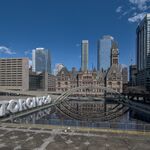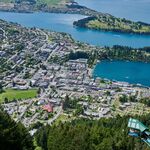darwink
Senior Member
Is it CMLC though? Or is it the mandate city council is giving CMLC?It seems CMLC has gone downhill with all of the turnover they've had since the completion of the library.
Between this, the BMO expansion which is turning our poorly (at least from an urban design standpoint), the terrible Platform parkade, and their failure on the arena project - there's not a lot of positives.




